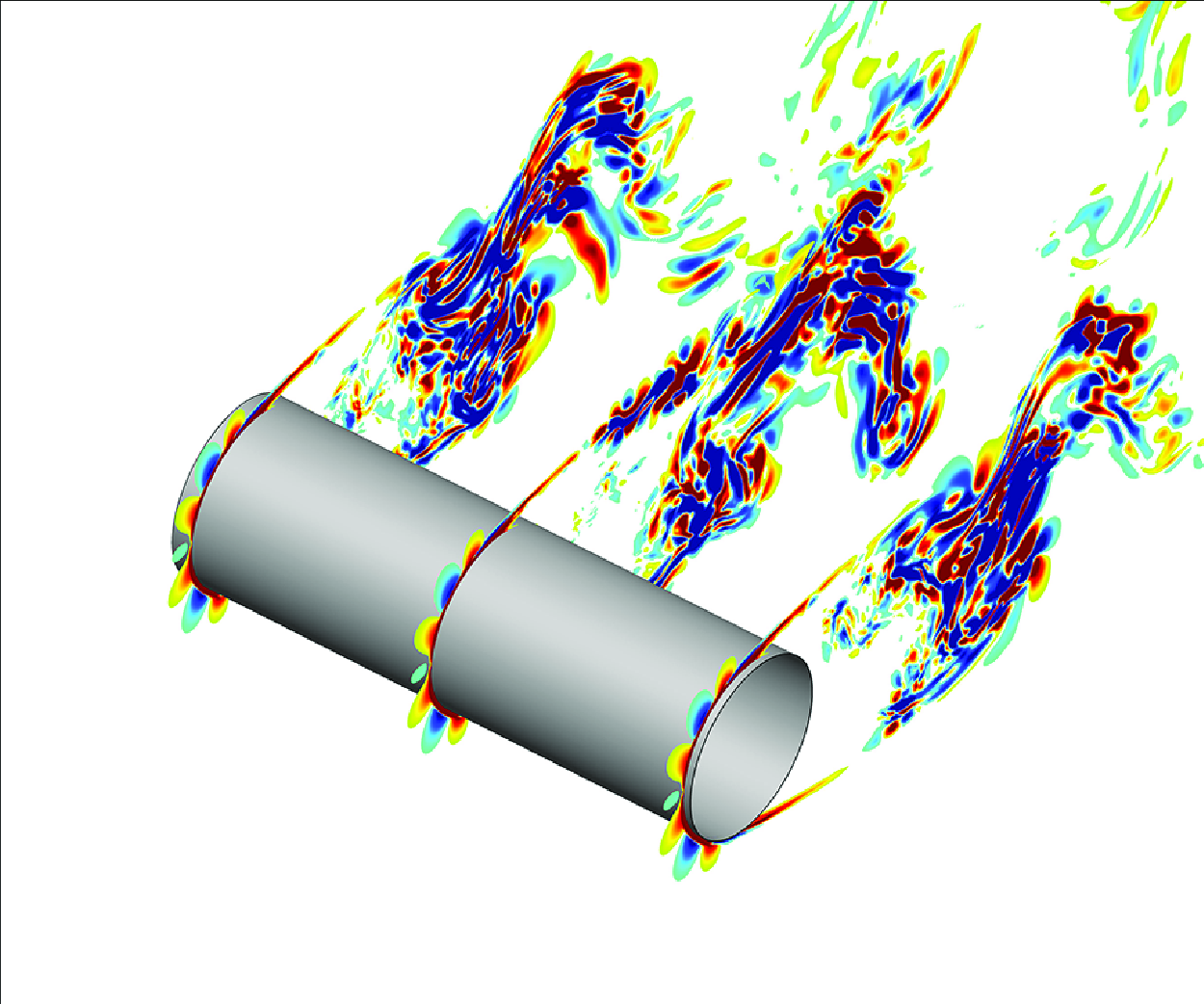No CrossRef data available.
Article contents
Method of aerodynamic noise source identification for cylinder flows
Published online by Cambridge University Press: 04 June 2025
Abstract

Noise source identification has been a long-standing challenge for decades. Although it is known that sound sources are closely related to flow structures, the underlying physical mechanisms remain controversial. This study develops a sound source identification method based on longitudinal and transverse process decomposition (LTD). Large-eddy simulations were performed on the flow around a cylinder at a Reynolds number of 3900. Using the new LTD method, sound sources in the cylinder flow were identified, and the mechanisms linking flow structures with noise generation were discussed in detail. Identifying the physical sound sources from two levels, low-order theory and high-order theory, the physical mechanism of wall sound sources was also analysed. Results indicate that the sound sources in the flow field mainly come from the leading edge, shear layer and wake region of the cylinder. The high-order theory reveals that sound sources are correlated with the spatio-temporal evolution of enstrophy, vortex stretching and surface deformation processes, this reflecting the coupling between transversal and longitudinal flow fields. The boundary thermodynamic flux and boundary dilatation flux distribution of the cylinder were analysed. Results indicate that the wall sound sources mainly come from the separation point and have a disorderly distribution on the leeward side of the cylinder, which is the main region where longitudinal variables enter the fluid from the wall surface, and the wall sound source is related to the boundary enstrophy flux.
Information
- Type
- JFM Papers
- Information
- Copyright
- © The Author(s), 2025. Published by Cambridge University Press


